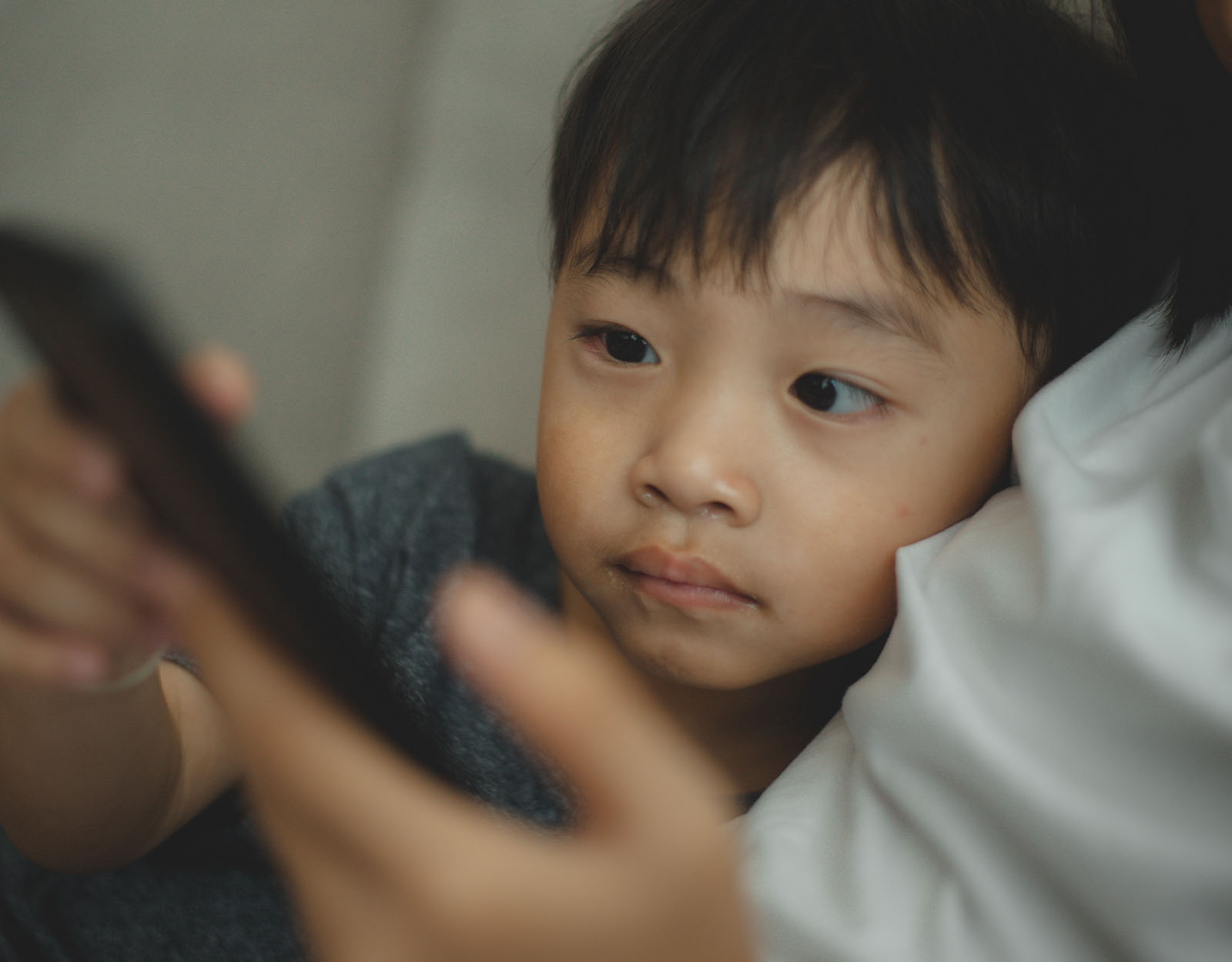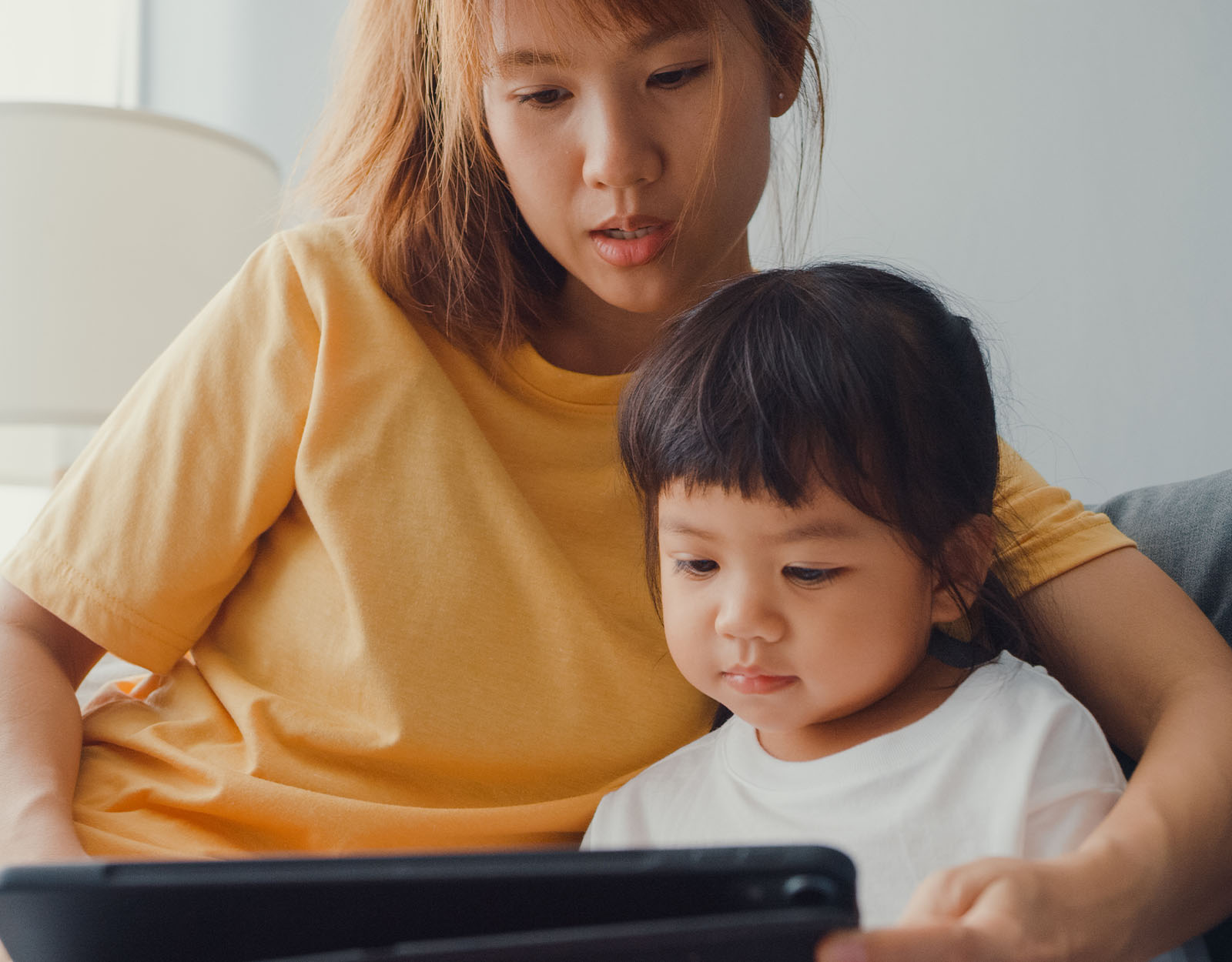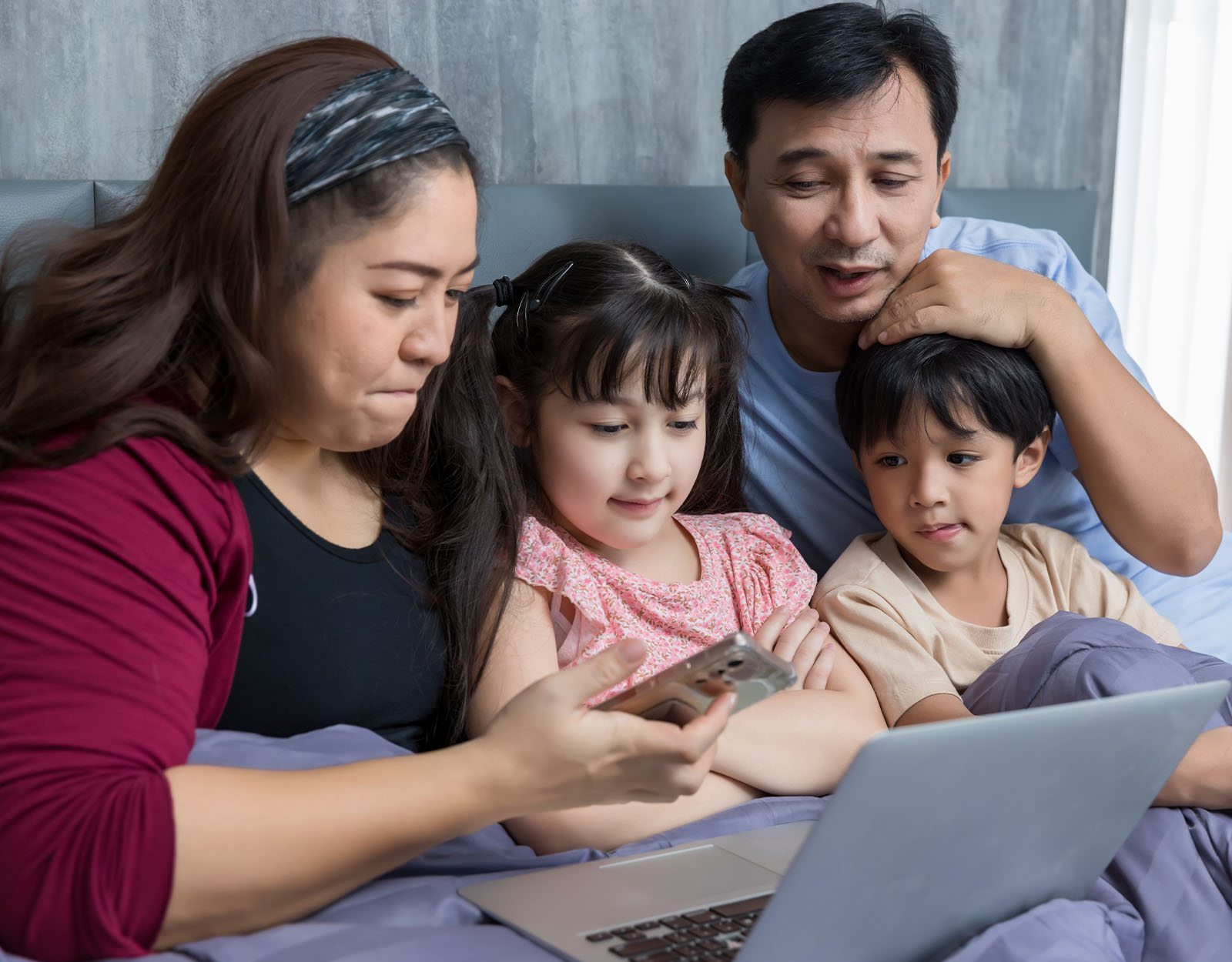Screen Time or Scream Time? How to Manage Gadget Use in the Family, Minus the Squabbles
Much has been said about how much screen time parents should give their kids. We set the record straight on how to manage their gadget time properly.
Do you find it challenging to manage your child’s screen time? Are they spending too much on their device playing games, streaming YouTube videos, or scrolling through social media?
You may have tried to limit your child’s screen time in the past—such as taking away their devices or turning off their internet access. But often, it leads to tensions and arguments between parent and child. And if you’re wondering if it’s still possible to help your child overcome their obsession and regain a healthy relationship with technology—because nothing seems to work—don’t worry. You’re not alone.
Monitoring their screen time at home is a short-term solution. Policing can be exhausting and time-consuming. Not to mention, you have other responsibilities to take care of, including work, career, and additional home matters. And controlling your child’s screen will be challenging as they age.
There has to be a more sustainable approach.

The internet can be very addicting!
While you may not currently have any significant issues with your child’s screen time, the fact that it’s highly addictive worries you. Because it has become practically an instinct for parents to hand over their smartphones or tablets whenever they need to distract their kids or in worse cases, they start kicking up a fuss, many children have become so attached to screens.
Being concerned, you want to prevent it from happening to your family.
Many people today feel nostalgic about the pre-smartphone era—when Internet use was more uncomplicated and less addictive than it is today. However, as technology has become essential to education, removing it from our children’s lives has become impossible.
This has led to challenges for parents, who are struggling to find ways to help their children use these devices without getting distracted or addicted to them. Additionally, parents also need to ensure that screens do not damage their relationship with their children.
But that’s not all
How often have you seen your child go to their room and spend hours on their smartphone or tablet without you knowing what they are exactly doing? It can be hard to know what they watch online, who they interact with, and what content they consume.
According to a survey, 8 to 12-year-old children spend an estimated 4 hours and 44 minutes on screen daily. In comparison, 13 to 18-year-old children spend an estimated 7 hours and 22 minutes. These hours do not even include homework.
As parents, we must be aware of what our children are doing online to guide them to stay safe in the digital world. There are many online predators out there and just as many scams, cyberbullying instances, and more—all the more reason why we need to be more vigilant about their safety.

Common approaches that parents can use to manage screen time
Parents typically use only the first two ways to deal with their child’s screen time. The first is screen-free parenting—a method in which parents reduce or eliminate screens in the family. The idea is to disconnect children from technology and encourage them to engage in other indoor and outdoor activities.
This method can be successful, especially for younger children, as it allows families to bond and spend quality time together. However, with the need for digital learning, this solution may no longer be practical in the long run. Furthermore, this approach lacks the preparation children need to use technology responsibly and self-regulate their screen time.
And when children become teenagers and have access to smartphones, they can easily be fixated—making it difficult to establish healthy screen habits.
The second is limiting or controlling screen time, which also works well when the children are still young. Parents use digital tools such as parental control apps to restrict their children’s screen time in this method. But as they age into adolescence, this may lead to secrecy and a lack of trust from adults. Teenagers seek to discover the world and discover their identity, and restraining their screen time can hinder this process.
That being said, parents who use this approach must be mindful of their children’s needs and work with them to establish healthy screen habits.
Meet Sarah
Before we delve into the last approach, allow me to introduce Sarah. She’s a wife and a mother to two wonderful daughters, aged 8 and 5. She already knew her daughters were glued to their devices for hours—especially the eldest, who sneaks out to play computer games at midnight.
Occasionally, Sarah resorted to yelling and taking away the gadgets. Her children will then cry, become aggressive, and sometimes retaliate.
As a result, her children seem to connect better with their devices than with her. The longer they spent time on it, the more they wanted it. Sarah thought the screen time issue would disappear as her girls grew. This bothered her, but she forwent acting on it.
It was only after she found her oldest daughter was searching for adult content online that she became desperate. She knew she needed to do something. And fast.

Helping Sarah manage her daughter’s screen time
In our program, we guided Sarah to respond to her daughter’s screen time behavior instead of reacting. We taught her how to build a better and healthier relationship with her daughters and create a safe space for communication and trust.
Sarah also showed her daughter to set healthy boundaries with the screen. They mutually agreed on her screen use. And after some time, her daughter learned to manage well. The mother and daughter also discussed the Internet, its content, and its effect on children.
We’re delighted to share that her children’s screen use was reduced from 12 hours daily to just 2 hours on weekdays and a maximum of 5 on Saturdays. Sundays are screen-free days. What’s more, the girls know that completing their primary responsibilities goes FIRST before computer games.
Now, Sarah and her daughter do not argue about screen use anymore. Sarah and her daughters have stopped arguing ever since and have been building more profound connections with her children. The young girls would even readily set aside their screen time and prefer to spend it with the family.
In Sarah’s words, “Jessie has rocked our world in one of the best ways in regards to screen time use. One of the best things I found working with Jessie is that I have a better connection with my daughter than before. I hope to keep her as long as my children use the gadgets.”
This clearly shows that when you switch from controlling and limiting screen time to nurturing good screen habits, positive transformation happens, and your child knows how to use the screen or Internet responsibly and stay safe online. You build a better relationship with them, and they can come to you to talk about anything without fear of being judged.

The Holistic Approach
The third solution is to nurture good screen habits. This mainly involves empowering parents to teach their children to use technology responsibly and self-regulate their screen time. This approach also creates a safe space for communication and trust between parents and children.
The Internet isn’t a safe place for children, and our duty as parents is to guide them to stay secure online. They need to know how to protect themselves from cybercriminals, and we need to teach them how to use the Internet responsibly.
Simply put, we can entrust our children to use technology properly by fostering good screen habits.
In conclusion, finding the right balance for our children’s screen time is essential. We must ensure that screens do not damage our relationship with our children while keeping them safe online. Promoting good screen habits is best for parents dealing with their child’s screen time.
Putting ourselves in our children’s shoes
Let’s do a quick exercise. Think about that one thing you must have every day. For me, it’s coffee. Now, imagine your partner trying to limit your coffee consumption to only half a cup daily. How would you feel? How would you react?
This may elicit different responses. Some might follow but feel anxious. The assertive ones might push back. Others can just choose to ignore the demand. For me, I would feel pressured and dissatisfied. My spouse is trying to control me and distrusts me, it seems.
It’s like dealing with a child, too. Right?
Limiting or controlling screen time might appear to be the best way to tackle our children’s issues, especially if you perceive that the Internet/screen is terrible and addictive. However, the third approach can help children develop healthy habits and learn to use the Internet responsibly.
Read more about screen time and gadget use!
How Much Screen Time Is Too Much?
Iza Calzado and Coleen Garcia Share Thoughts On Mom Guilt and Screen Time
I’m Giving My Kids Extra Screen Time Now and I’m OK With It
Jessie Liew SP is a Digital Parenting Coach and a mother of four kids. As a cybersecurity expert, she shares her knowledge and coaches parents on how they can teach their children to use the Internet and technologies positively while staying safe on the Internet.









